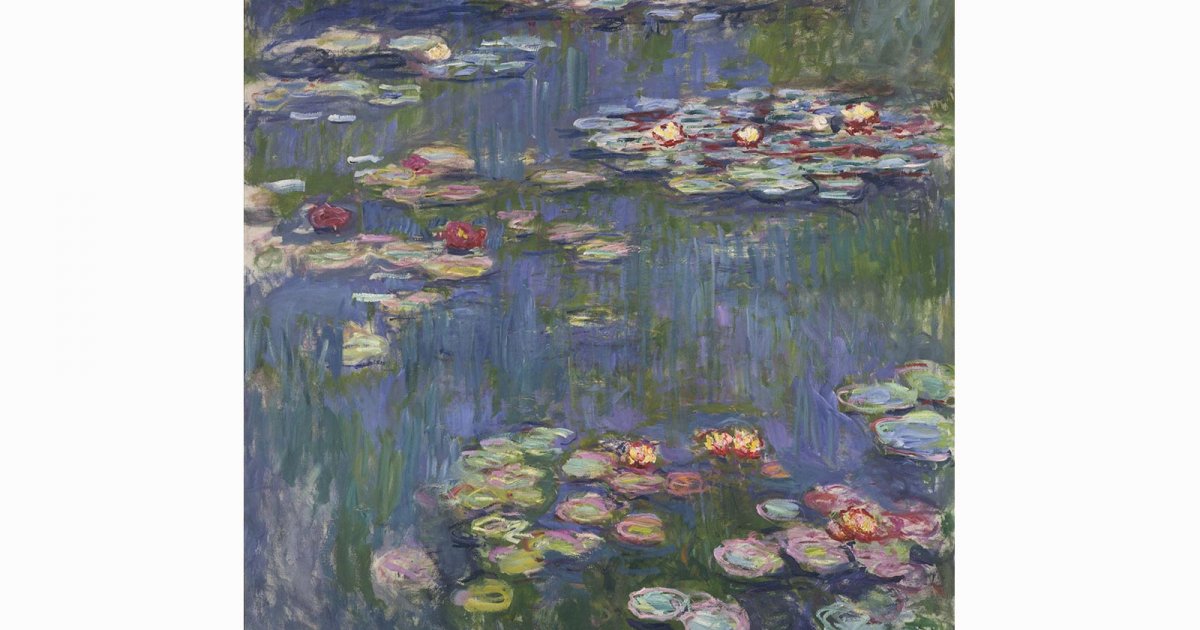MUSEUM OF WESTERN ART, Monet Water Lilies
 Language: English / USA
Language: English / USA
Here in the museum, you can admire 14 paintings by Claude Monet, one of the finest painters from the Impressionist movement. The signature feature of Impressionism is the definitive move away from religious, mythological and symbolic subjects, towards a focus on the wonders of nature and scenes from everyday life, with the accent on the emotions they stirred in the painter.
Claude Monet, who was born in 1840 and died in 1926, was one of the founders of Impressionism, and the hallmark of his art is the ability to depict subjects, and especially landscapes, with rapid brushstrokes and spots of color, which enhance the first, most genuine impression, in an extremely poetic way.
The most important of the paintings here, entitled Water Lilies, is from 1916. Monet painted 250 canvases with the same subject, all of them in Giverny, in Normandy, where he had created a garden with a wealth of trees and flowers, and where he grew water lilies.
Evident in this painting is the attempt to capture, with increasingly simple, rapid brushstrokes, the transparency and the continual shifts in light throughout the day.
Doesn’t this painting remind you of a Japanese garden? Although Monet had never been to Japan, he admired the Japanese art he had become familiar with thanks to the prints he collected, and which had significant influence on the Impressionists. In his garden, Monet also had little, Japanese-style bridges built, which he then depicted in numerous paintings.
Among the other paintings by Monet you can admire here is Morning on the Seine, from 1858, where you can see how the movements of the brush seek to imitate the wind blowing through the branches, leaves and waves, capturing the movement of nature in a single instant.
Take a close look at the work entitled Poplars in the Sun. Monet was fascinated by poplar trees, and often painted them between the spring and summer of 1891. Here, as you can see, it’s the color that shapes the objects, while the water and the sky are almost indistinguishable from one another.
An interesting fact: In Seki, not far from Tokyo, there is a pond known as Monet Pond, because of its startling resemblance to one of the artist’s paintings.
Our visit to the National Museum of Western Art ends here. MyWoWo would like to thank you - see you again at another Wonder of the World!



